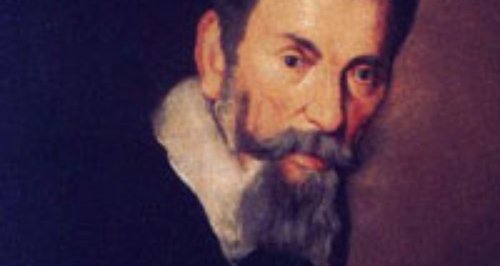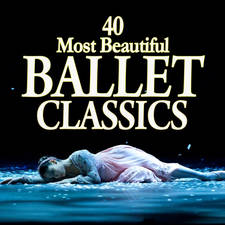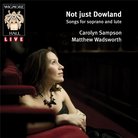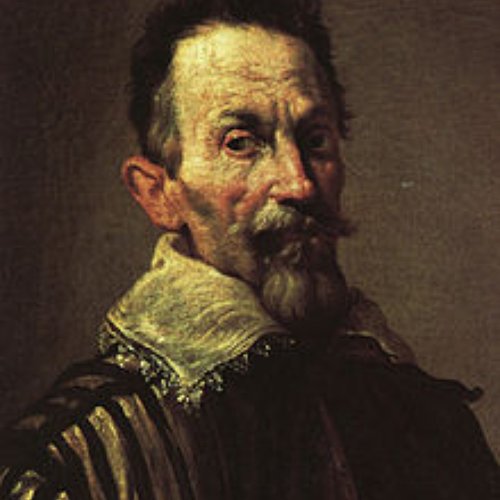Keeping Monteverdi Alive

Having set new standards of excellence in performing Monteverdi’s music, Rinaldo Alessandrini celebrates 400 years of L’Orfeo in style
The most important date in operatic history is February 24, 1607. It was on this day, at the Ducal Palace in Mantua, that onlookers witnessed the premiere of Monteverdi’s L’Orfeo – and with it the birth of modern opera.
To mark the occasion of the work’s 400th anniversary, conductor and harpsichordist Rinaldo Alessandrini has taken L’Orfeo on tour and into the studio.
The mere mention of the project excites Alessandrini and, instantly warming to his subject, he considers the influences behind Monteverdi’s music and how they affected his approach to the score: “Monteverdi’s Fifth Book Of Madrigals was of enormous importance in expanding the expressive force of his music,” he explains.
“At the beginning of the 17th century he was redefining what was musically possible. L’Orfeo is a theatrical production, and one immediately senses a more dramatic form of vocal projection compared with the poetic intimacy of the madrigals.”
And what about the composer’s approach to the orchestra?
“It looks like a Renaissance band on paper. And yet the way Monteverdi employs the instruments is highly novel, pointing the way forward to the Baroque era.”
Alessandrini has been careful to follow Monteverdi’s instructions regarding instrumentation, and has found as a result that the strings tend to dominate the first two acts, the wind and brass the second two.
“We’ve tried to ensure that the new forms of instrumental expression that Monteverdi was experimenting with are given full force,” he says, “while bearing in mind the nobility of much of the writing.”
Although Alessandrini is meticulous about his sources and working materials, he is no elitist.
“Everything we do has its basis in informed historical style,” he reasons. “But although we try to respect as far as possible the performing tradition that gave birth to this remarkable score, we are also sensitive to the expectations of contemporary listeners. Our ultimate goal is to convey the full flavour of the music to modern ears.”
Alessandrini points out that it’s impossible to be 100 per cent historically accurate.
“These works were often performed in smallish rooms to audiences of 80 or 90. So the very act of performing in a modern opera house is itself inauthentic!”
Indeed, he is open to the notion of a production in modern dress: “Why not? I think the music is strong enough to withstand it.”
One of the most notable authentic aspects of the new recording is its all-Italian cast.
“This is the first time, I think, this has been done on disc. It’s not essential, but when everyone is a native Italian speaker, it conveys a special understanding and flavour.”
One of Alessandrini’s priorities in the studio was to create a sense of electricity: “I think it’s important to generate a social excitement, just as though it were a live concert,” he says.
Performing and recording L’Orfeo has brought its own revelations.
“One begins by looking at the score and imagining how it sounds,” Alessandrini explains, “but the more I performed L’Orfeo, the more I felt my perceptions changing and developing too. Once you start performing this music, a special kind of chemistry occurs that brings it thrillingly to life.”
Alessandrini has no hesitation in naming his favourite passage: “The music of act one is of fantastic quality. There is such variety of dramatic invention that one is propelled straight into the action, and from then on there is simply no turning back.”






